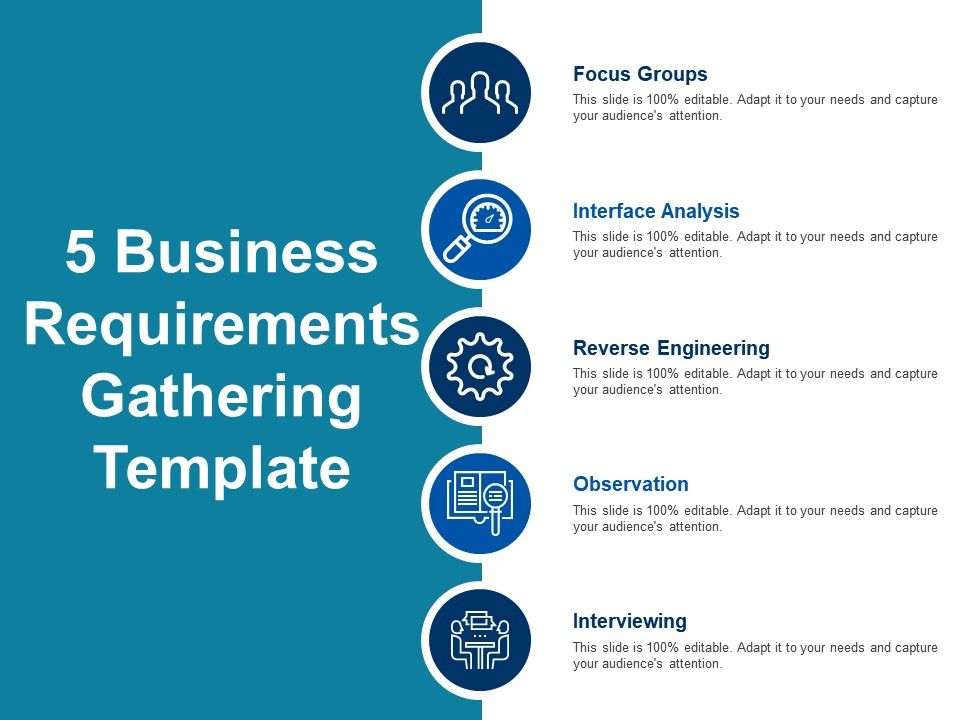EMS3SYE Business Needs and Requirements Analysis
Business Needs and Requirements/Stakeholder Needs and Requirements Analysis
Overview:
This assignment operates over several stages, following the standard stages of the Systems Engineering process. Throughout the stages of the assignment you will have a chance to practice systems engineering skills both as a Customer (a business that needs a system) and a Contractor (a business that will design and provide the system).

Part 1: Due: 14th of August 2019 (Week 3)
Produce a Business Needs and Requirements (BNR) Document + Stakeholder Needs and Requirements (SNR) Document based on the problem that you are assigned. This assignment is an individual assignment. Please refer to the lecture material in creating BNR and SNR documents.
You will be notified via email which problem (company) you have been assigned to work on.
The problems are as follows:
Company A:
You manage a table grape vineyard in rural Victoria. Each year your employees tend and harvest your vineyard. Currently you have 40 acres which produces around 20 tonnes of grapes annually. A business opportunity has arisen that the vineyard adjoining yours, another 40 acres is coming up for sale. If you doubled the size of your farm this would double the size of the tending and harvesting requirements.
You already spend huge amounts of money on casual labour, which tends to be unreliable, unavailable and increasing in cost. The two biggest time factors that you are dealing with are harvesting (done completely manually) and covering which requires 9 workers at once to cover grapevines and protect them from the weather. You are wondering if automation could be an answer.
Company B:
You currently manage a water authority in South East Queensland. One of the biggest problems that you currently face is blockages in sewer lines, but finding these blockages is a difficult procedure. Currently you rely on customer complaints (when they see sewerage) and then send out service teams to investigate and try and isolate the blockage point using CCTV.
In a brainstorming session someone suggested a disposable GPS tracked device which reports it’s position. You would like to investigate this and other potential technologies which could help quickly isolate blockages over your 2000km worth of sewer lines.
Company C:
You currently manage and operate Perth Airport. One of the biggest safety concerns at the moment is FOD (Foreign Object Debris) which relates to foreign objects which are found on runways and tarmacs. This is a major safety concern and requires regular screening where someone drives the length of the runway at least once an hour to look for FOD. You are concerned that they might miss bits of FOD and the results could be deadly.
You are interested in technological solutions, which could more regularly and reliably perform FOD inspection to help ensure the safety of your patrons.

Hire Expert Writers at Affordable Price
WhatsApp
Get Assignment Help
Company D:
You currently manage PestPunisher, a nationally recognised pest control company operating in Melbourne, Sydney and Brisbane. Your primary speciality is managing rat bait stations where you get your operators to check each bait station in your network once a fortnight and see if it is empty. Your business is growing rapidly, particularly with the recent plague of rats across Sydney and your company now needs to check 35,000 traps per fortnight.
You also noticed that changed legislation in Europe (http://www.rrac.info/content/uploads/CEFIC-EBPF-RWG-Guideline-Best-Practice-for-Rodenticide-Use-FINAL-S-.pdf) prohibits the long-term use of toxic baiting and requires evidence of infestation before toxic bait is used. You are worried about this development and how it might effect your business if it came to Australia. You are looking for a solution which future proofs your business to any such legislation changes and makes it less labour intensive to manage your existing network of bait stations.
Company E:
You currently manage water authority in rural Victoria. One of the biggest problems at the moment is determining the water quality of the water supplied to your customers. Currently you have a handful of very expensive water quality testers in the main trunk lines but these don’t give you much information about the water quality about the house at the end of the street (where the worst water tends to be).
You are currently relying on customer complaints, mainly relating to dirty water but you want to be more proactive and identify problem areas before customers even realise. You have heard about IoT technologies and if only you could cost-effectively get water quality information (e.g. pressure, pH, water colour and chlorine content) you would be able to serve your customers much better.
Company F:
You are currently in the safety and training division of MakeIt, a nationally growing franchise of makerspaces currently operating in 5 states around Australia. You provide lab facilities and equipment that people come in to be trained on and use. Your customers are hobbyists and inventors who want access to prototyping equipment like your 3D printers, laser cutter and power tools.
You were recently audited by Worksafe and in interviews with your customers many of them failed basic safety understanding tests (which they were trained on only a few months ago). Currently your training consists of an experienced operator demonstrating and observing a customer as they use the equipment for the first time. They are then signed off as a certified user. You also have some posters up on the walls, but you are concerned that many people ignore these. To avoid being shut down or sued in the case of an accident you are looking for ways of providing engaging training material that your customers can easily remember, review and train on that doesn’t put lots of extra workload back on you every time someone needs a refresher.



